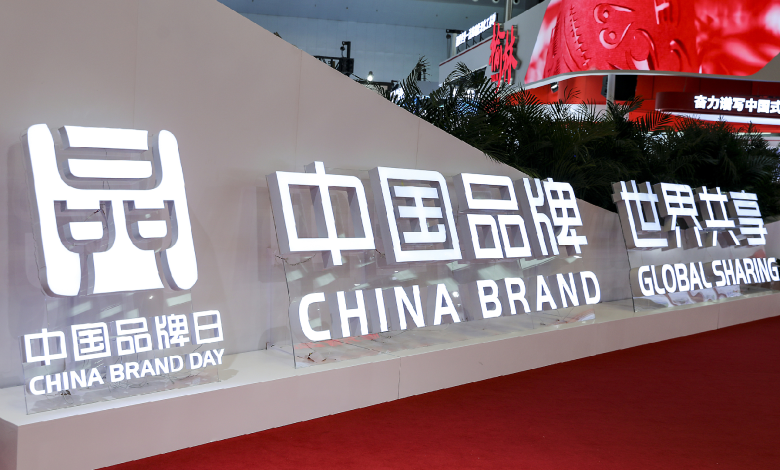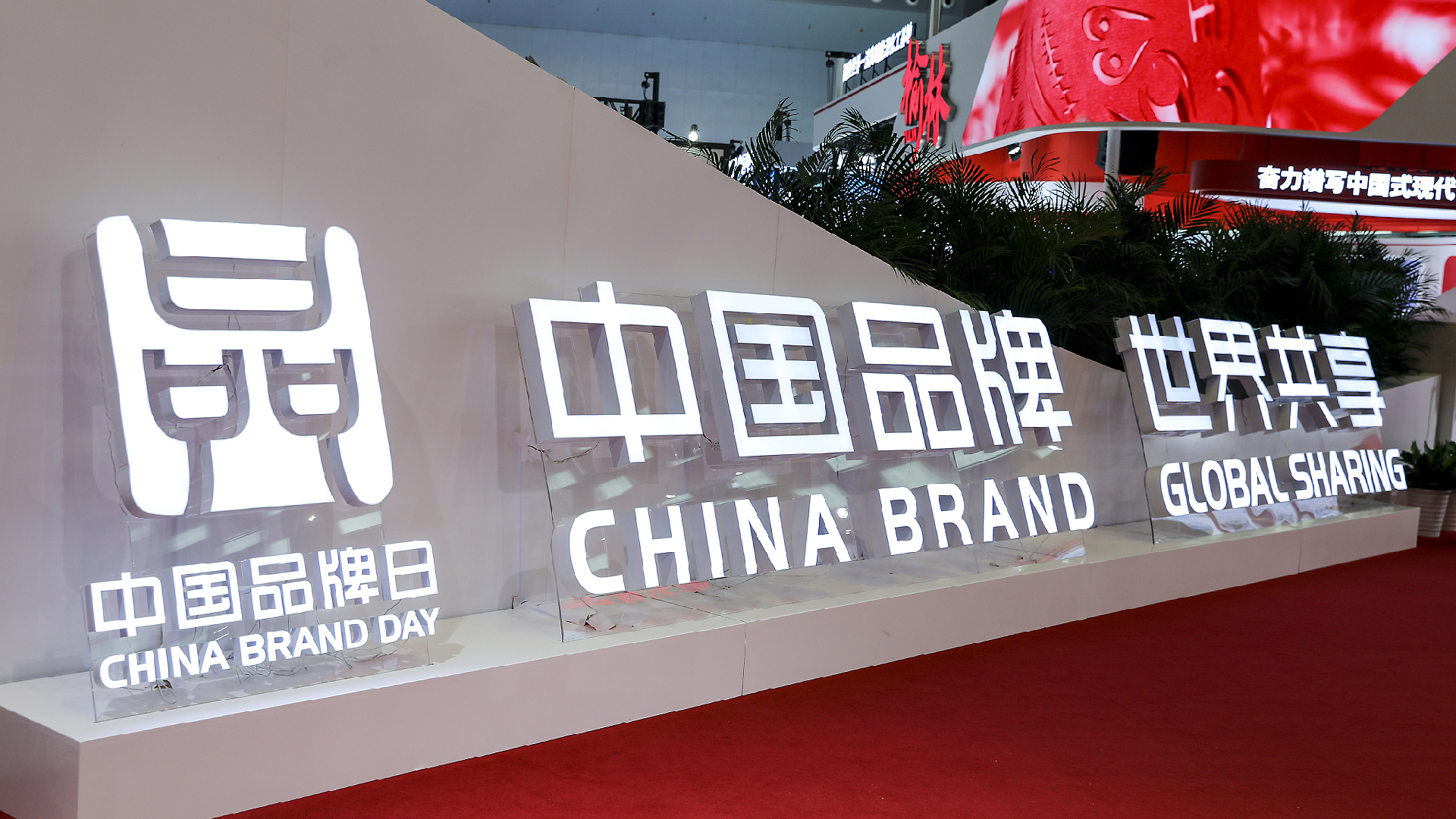How the new generation of Chinese brands wins over global consumers


Editor’s note: Gong Xun is an associate professor at the School of Economics, Zhejiang University. The article reflects the author’s opinion and not necessarily the views of CGTN.
In recent years, the rise of Chinese brands in the global market has been remarkable, particularly in the high-end consumer goods sector. Historically, “made in China” was often associated with low cost and mass production, but this stereotype is rapidly changing. Today, a new generation of Chinese brands is winning over global consumers with their innovation, quality, and value. These brands are no longer content with being mere Original Equipment Manufacturers; they are now focused on building their own brands through independent research and development and strategic brand-building efforts in the international market.
<img src='https://news.cgtn.com/news/2024-08-23/How-the-new-generation-of-Chinese-brands-wins-over-global-consumers-1wiNO9qXbWw/img/01e85a0f953741c6ae57c6c01581f082/01e85a0f953741c6ae57c6c01581f082.png' alt='2024 China Brand Day events held in Shanghai, China, May 11, 2024. /CFP'
First, these emerging brands have demonstrated formidable strength in technological innovation.
In the electronics sector, Chinese brands such as Xiaomi and OPPO have quickly gained prominence in the global smartphone market. These companies are not only matching international giants in hardware specifications but also attracting a loyal user base through distinctive user interfaces and innovative features. Huawei, in particular, has become a global focal point due to its leadership in 5G technology. These brands no longer rely solely on cost advantages; instead, they are carving out their place in the competitive global market through technological breakthroughs and innovative designs.
<img src='https://news.cgtn.com/news/2024-08-23/How-the-new-generation-of-Chinese-brands-wins-over-global-consumers-1wiNO9qXbWw/img/4952e2aca6f74d41885db2d39662c740/4952e2aca6f74d41885db2d39662c740.jpeg' alt='Xiaomi booth at the Mobile World Congress, Barcelona, Spain, February 27, 2024. /CFP'
Moreover, Chinese brands have also shown strong growth in high-end home goods and automotive sectors. In recent years, household appliance brands like Haier and Midea have entered the European and American markets, earning a solid reputation. By continuously improving design, functionality, and service, these brands have successfully dismantled the perception that “made in China” equates to low-end products. For instance, Haier’s high-end refrigerators and washing machines not only meet international performance standards but also emphasize environmental friendliness and smart technology, catering to the demands of consumers in Europe and the U.S.
<img src='https://news.cgtn.com/news/2024-08-23/How-the-new-generation-of-Chinese-brands-wins-over-global-consumers-1wiNO9qXbWw/img/3b912475056f4430b43712532ab2c5a0/3b912475056f4430b43712532ab2c5a0.jpeg' alt='Stand of Laifen technology at the AWE-consumer electronics show, Shanghai, China, March 15, 2024. /CFP'
In the automotive industry, Chinese brands have also achieved significant success. Historically, Chinese automotive brands have struggled to make an impact in overseas markets, but brands like NIO, BYD, and Geely have recently drawn global attention by launching high-performance electric vehicles. These brands stand out not only in design and performance but also by offering longer battery life and faster charging times, earning consumer trust. BYD, in particular, has seen its electric vehicles gain substantial traction in the European and American markets, further proving the competitiveness of Chinese brands in the high-end segment.
<img src='https://news.cgtn.com/news/2024-08-23/How-the-new-generation-of-Chinese-brands-wins-over-global-consumers-1wiNO9qXbWw/img/ec9a214030f04e72a6236f74ad3e9a32/ec9a214030f04e72a6236f74ad3e9a32.jpeg' alt='BYD Yangwang U9 pure-electric EV supercar, displayed during the British Motor Show 2024, Farnborough, the UK, August 15, 2024. /CFP'
However, the success of these emerging Chinese brands came with challenges. As they expand into international markets, they face obstacles such as low brand recognition, high market barriers, and intense competition from established global giants.
To overcome these challenges, Chinese brands have adopted a variety of strategies. For example, they collaborate with internationally renowned designers to enhance product aesthetics and global appeal. They also leverage social media and cross-border e-commerce platforms to accelerate brand visibility in overseas markets. Additionally, they have pursued acquisitions of foreign brands and established localized production bases to further enhance their international influence.
Furthermore, the success of these Chinese brands can be attributed to the overall upgrade of Chinese manufacturing and supportive government policies. As China’s manufacturing industry shifts towards “smart manufacturing,” more companies are prioritizing research and development, as well as technological innovation. Government policies on intellectual property protection, talent development, and export support have also provided strong backing for the internationalization of Chinese brands. These efforts are driving the transformation of “made in China”, from a follower to a leader, from mere manufacturing to innovation.
In summary, the new generation of Chinese brands is gaining global consumer recognition in the high-end consumer goods market through technological innovation, quality enhancement, and global strategies. This trend not only marks the transformation and upgrade of Chinese manufacturing but also reshapes the competitive landscape of the global market.
As more Chinese brands continue to explore and expand into international markets, global consumers will have the opportunity to experience more high-quality products from China. This trend will undoubtedly further enhance the global influence of Chinese brands and contribute to the sustained development of China’s economy.





